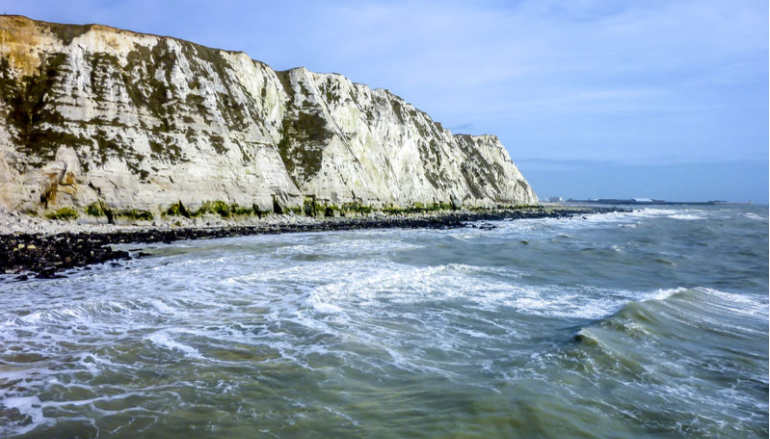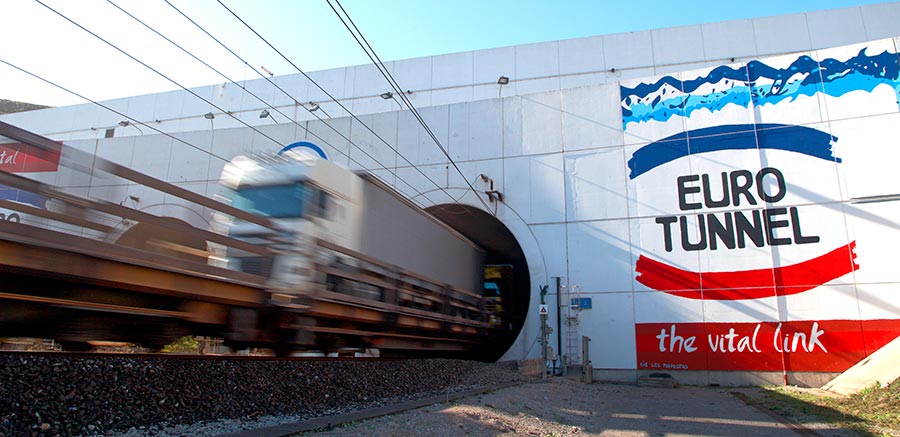€20.5m study will consider cooling from the Channel
13th November 2020
UK/FRANCE: A new €20.5m project is to study the potential to deploy sea water air conditioning in the Channel area of south east England and northern France.
Project EUROSWAC, led by Électricité de France (EDF), seeks to design a cost-efficient and environmentally-friendly prototype solution for cooling production, using seawater from the Channel. It also aims to develop methods to reduce implementation costs and optimize adaptation to different sites to promote the development of the solution in the FCE (France (Channel) England) area.
While sea water air conditioning (SWAC) has been successfully deployed at a few sites in mainly tropical areas, this new project could see the first application of the technology in the temperate climate of northern Europe.
The project is backed by a number of partners from France and England and has also attracted funding of €8.9m from the European Regional Development Fund via the Interreg France (Channel) England Programme (FCE). Partners include the University of Exeter, Channel Tunnel companies France Manche SA and the Channel Tunnel Group, as well as leading engineering consultancies.
Project manager Laurent Fouquet from EDF France told the Cooling Post: “Together with the University of Exeter, ENSTA Bretagne engineering school, and De Profundis which is a start-up specialised in SWAC technology, we will study technical conditions that would make SWAC an efficient solution for industrial and large tertiary facilities close to the shore, like data centres, hospitals, warehouses, etc, and carry out a market study on French and UK side of the Channel to identify possible relevant sites.”
Offshore engineering and technical consultancy DORIS Marine (previously named STAT Marine), French water engineering company Setec Hydratec and De Profundis will develop the technological solutions that would help reduce the cost of SWAC marine works.

Channel Tunnel
Significantly, the Channel Tunnel was initially the intended site for a SWAC prototype but Laurent Fouquet told the Cooling Post that studies at that particular location were “in stand-by at the moment” as a consequence of Covid-19.
Opened in 1994, the 50km-long Channel Tunnel requires a considerable amount of cooling due to the heat generated by the high-speed trains.
The original intention of Project EUROSWAC was for a SWAC system to be deployed over a distance of 20km, on the English side of the Channel. It was estimated that this would allow a 30% reduction in the electricity consumption needed to cool the tunnel, saving the equivalent of 1,250 tonnes of CO2 per year.
The use of sea water air conditioning to cool the Channel Tunnel has been considered previously. The potential for a SWAC system to carry some of the cooling load was explored when the ageing chillers at the Channel Tunnel site needed replacing in 2016. French company Deprofundis is known to have conducted a feasibility study into implementing a SWAC system at the time and the option has continued to be a consideration.
Related stories:
HFO chillers to cool the Channel Tunnel – 14 September 2016
UK/FRANCE: In the largest HFO chiller installation of its kind in the world, Trane CenTraVac’s using R1233zd(E) will replace the existing R22 chillers serving the Channel Tunnel. Read more…







